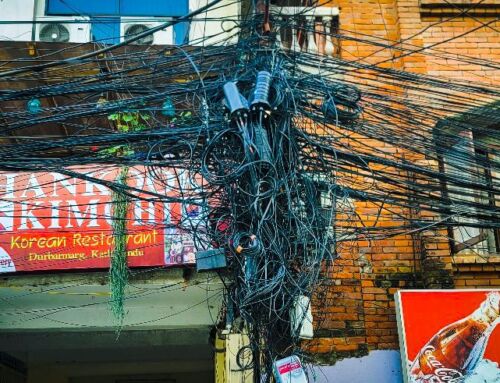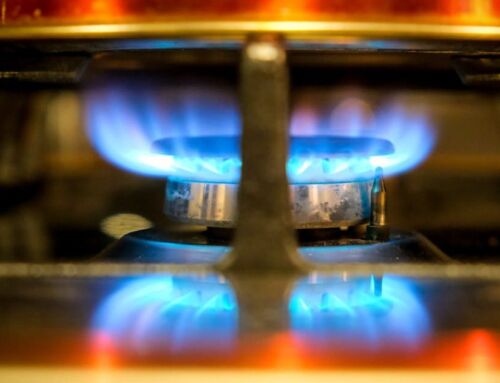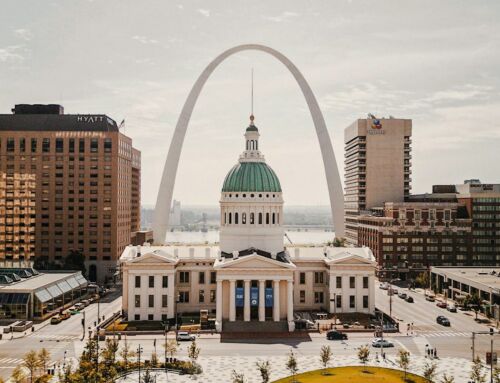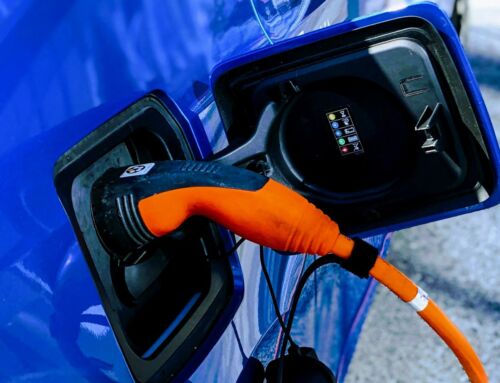View by Topic
Recent Articles
-
Federal Government Finalizes New Efficiency Standards for LightbulbsSaturday, April 13th, 2024
-
2024 IECC is Final After Addressing Preemption IssuesSaturday, April 6th, 2024
-
Settlement Portends Broad Failure in Attempts to Ban Natural GasSaturday, March 30th, 2024
-
SEC Climate Disclosure Rule Stay and Venue Now in the 8th CircuitSaturday, March 23rd, 2024
-
EV Charger Data ApocalypseSaturday, March 16th, 2024
View by Month/Year
“Green Building Law Update” Headlines
Recent Articles & News from
Stuart Kaplow’s blog
at GreenBuildingLawUpdate.com
- Shedding Light on the Future: The Evolution of Lightbulbs in the Wake of New Energy Efficiency Standards April 14, 2024
- 2024 International Energy Conservation Code is Final After Addressing Preemption April 7, 2024
- Settlement Portends Broad Failure in Attempts to Ban Natural Gas March 31, 2024
- SEC Climate Disclosure Rule Stay and Venue Now in the 8th Circuit March 24, 2024
Subscribe to the Green Building Law Update!
Stuart Kaplow brings his expertise and extensive experience to the table with his unique digital publication, "Green Building Law Update". Subscribers receive regular updates to keep them informed about important issues surrounding Environmental Law, Green Building & Real Estate Law, as well as the emerging demand for Environmental Social Governance (ESG).
Get fresh content through the lense of Stuart Kaplow's cutting-edge expertise, innovative commentary and insider perspective. Don't miss another issue! Subscribe below.

PACE in Maryland is Not Keeping Pace
In 2008 I said Property Assessed Clean Energy (PACE) loans “could be bigger than anything in U.S. real estate since the invention of the glass window.”
But today, despite Maryland having enacted a PACE enabling law in 2014, only one PACE loan has closed in the State.
By any measure, “one” is not an overwhelming success.
Nationwide, only about a thousand commercial PACE loans have closed. So, what is wrong?
The concept is sound. PACE state enabling statutes generally authorize local governments to engage private sector lenders to provide upfront low interest financing to commercial property owners for energy efficiency, water conservation and renewable energy projects (e.g., HVAC system upgrades, photovoltaic system installations, replacement cool roofs, etc.) collecting the repayment through annual assessments on the property’s real estate tax bill.
At this time of major changes in the national environmental agenda, PACE is an ideal means of voluntarily mitigating the negative environmental impacts that human activity has on the planet, not to mention providing the capital for renovating the nearly 4.9 million existing commercial buildings in the U.S.
But PACE loan programs are still very new. They are gaining acceptance nationally and 34 states have enacted enabling legislation with 15 states of those having active PACE programs.
PACE offers a host of benefits, including: removing the barrier of a large upfront cash outlay by the property owner; allowing 100% financing of improvements; in amounts over loan value ratios available in the marketplace; without disturbing existing mortgage financing; underwriting tied to the property and improvements and not individual creditworthiness; repayment over a long period of time (up to 20 years); low interest rates (resulting from high security of repayment); reduced utility bills that can offset the payments; the obligation to repay runs with the property and not the owner; the improved properties have an increased value, benefiting both the owner and the property taxing authority; the owner may be eligible to take advantage of federal, state and local tax incentives; cash flow advantage where many owners like the single tax bill payment in lieu of monthly; under most commercial leases the PACE payment (on a property tax bill) can be passed along to the tenant avoiding the ‘split incentive’ problem; local government can facilitate the program with no direct debt obligation; and, in fact at no cost to government (because the borrower pays all costs).
PACE could provide the funding to have the LEED Existing Building rating systems realize their potential.
In the event of a default, the amount in default (but not the entire principal of the PACE loan) is a liability that is a property tax lien collected by the local government with the priority associated with other real property tax liens, so existing mortgage holder acknowledgment of a PACE loan is required.
Nationally, including in Maryland, “residential” PACE programs (as opposed to the commercial programs) were put on hold as a result of a directive in 2011 that Fannie Mae and Freddie Mac refrain from purchasing mortgage loans secured by single family properties with outstanding PACE obligations. However, as I wrote in this blog on July 24, 2016, HUD Jumpstarted Financing For Homes, reversing their previous position and now widely allowing residential PACE loans on top of FHA and VA loans (but still not on top of Fannie Mae and Freddie Mac loans).
I was asked recently to recommend how PACE in Maryland could be improved. The state statute is fine. The disconnect is that implementation by the local government programs is flawed. What follows is my top 10 list actions to make PACE a success in Maryland. And most of this compilation has direct application to make PACE programs a success across the country.
- More and additional PR explaining PACE to prospective borrowers and lenders
- Reduce cost of a PACE loan by eliminating the requirement that a PACE lien notice be recorded among the land records
- Lower cost of a PACE loan by not collecting recordation tax on a PACE lien notice recorded among the land records
- Modify the existing mortgage holder consent forms to be acknowledgments
- Standardize programs and documents across all counties in the State
- Local government programs should not limit the definition of what projects qualify as “energy efficiency, water conservation and renewable energy”
- Eliminate the requirement for a pre-improvement Energy Audit
- Standardize the effective date of a PACE lien to be first advance of funds, not when the project is completed
- Draft new and improved attorney prepared loan documents that work to ‘sell’ PACE
- Expressly authorize PACE for new construction (i.e., the top 10% of a building)
A PACE improved building is great for the planet. And PACE is also down right awesome for business.









